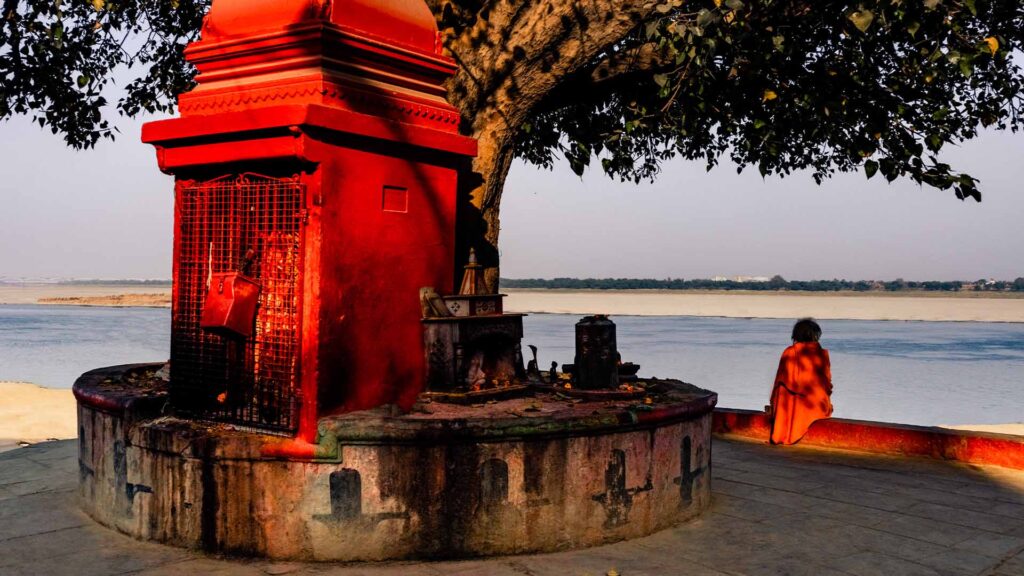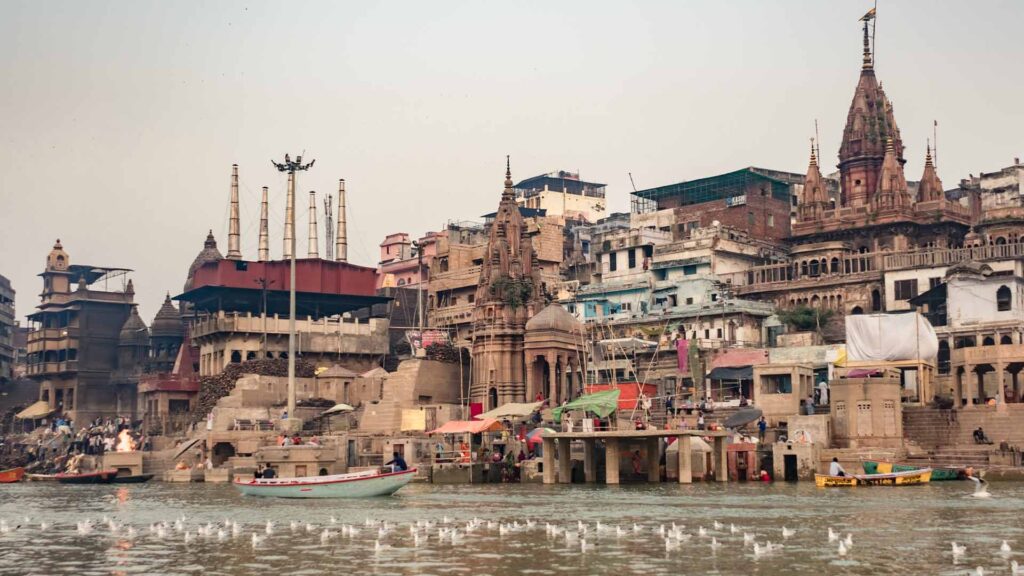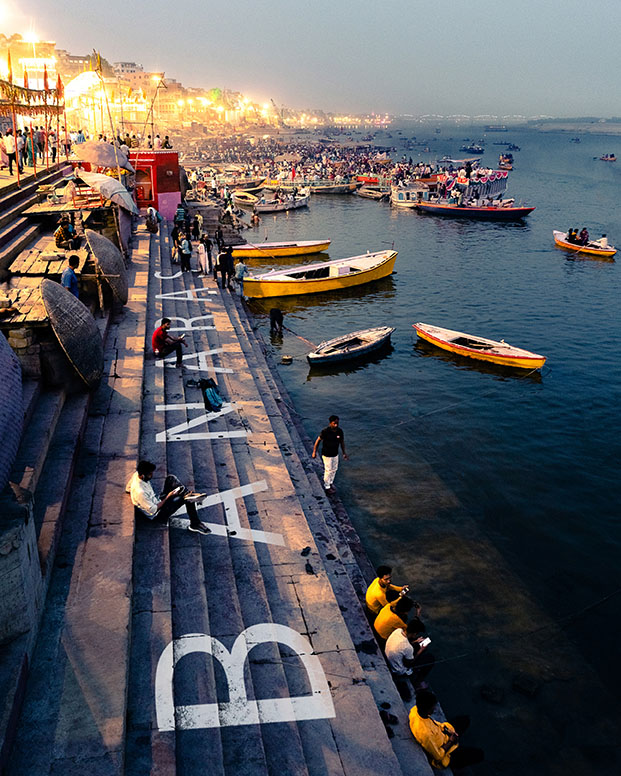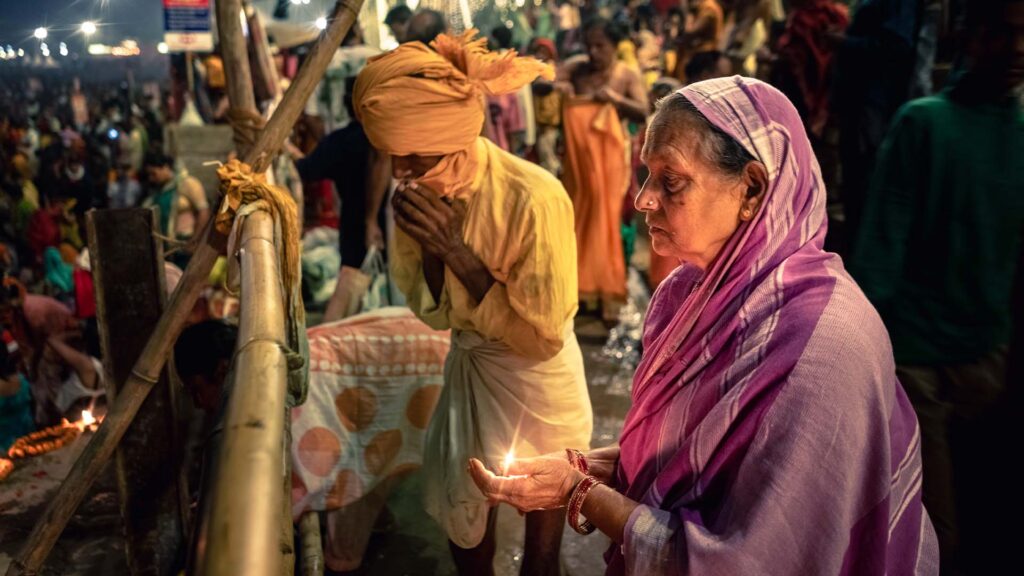
BANARAS IN THE 21ST CENTURY
Due to modern changes in society and shifts over the past many centuries, this city has also transformed in many ways. Several traditions and practices gradually faded from everyday life and lost their visible presence in society.
But the good news is — they are not completely lost.

Even after so much change across the world, time itself has not been able to erase the ancient traditions rooted in this culture. Banaras absorbed these traditions so deeply into its soul that it became impossible to separate them from the lifestyle of this city.
That’s what makes Banaras the eternal — Bana-ras, Kashi — the ultimate destination for the living and the dead, and Varanasi — the land between Assi and Varuna, both flowing as parts of the holy Ganga.

This city has many names, given by seekers, saints, scholars, and wanderers through the ages.
From the outside, Banaras may seem like just another old Indian city — chaotic, layered with religions, customs, noise, and a mix of lifestyles.
But if you take a moment to step into its narrow gullies and ancient stories, you’ll discover that this urban center in northern India is utterly unique — like nowhere else on Earth.
You can’t imagine how ancient this place truly is.
In every corner of every street, there is a temple — open to all living beings.
This city has many names, given by seekers, saints, scholars, and wanderers through the ages.
From the outside, Banaras may seem like just another old Indian city — chaotic, layered with religions, customs, noise, and a mix of lifestyles.
But if you take a moment to step into its narrow gullies and ancient stories, you’ll discover that this urban center in northern India is utterly unique — like nowhere else on Earth.
You can’t imagine how ancient this place truly is.
In every corner of every street, there is a temple — open to all living beings.
A City of Stories and Power
According to the Puranas (ancient Indian scriptures believed to be written in the 11th century BCE), the boundaries of Kashi Mahajanapada were even larger than what is known today as Panch Kroshi Kashi.
The Jataka Tales describe Varanasi as one of the richest cities in ancient India — known for its wealth, learning, and power.
They speak of a fierce rivalry between the kingdoms of Kashi and Kosala, with occasional conflicts involving Anga and Magadha. King Brihadratha of Kashi once conquered Kosala. Later, during Buddha’s time, Kashi was absorbed into Kosala by King Kansa.
The Kashi, along with Kosala and Videha, are frequently mentioned in Vedic texts — allies bound by both culture and trade.

Even during the time of Chanakya, Kashi remained a legendary center of Vedic and secular education — known not only for wisdom, but also for military strength. While Varanasi came under Buddhist influence, regions like Shahabad remained deeply rooted in Shaivite culture (the spiritual path of Shiva), as noted by Chinese pilgrims.
Even during the time of Chanakya, Kashi remained a legendary center of Vedic and secular education — known not only for wisdom, but also for military strength. While Varanasi came under Buddhist influence, regions like Shahabad remained deeply rooted in Shaivite culture (the spiritual path of Shiva), as noted by Chinese pilgrims.
The Land of Moksha
In ancient texts, the city is called “Maha Smashana” — the great cremation ground.
Manikarnika Ghat, one of the oldest ghats in the city, holds the highest reverence.
In this tradition, death is not an end, but a passage. Here, cremation is believed to grant moksha — freedom from the cycle of rebirth.
Varanasi is the oldest continuously inhabited city in the world — home to scriptures and stories dating back to the 11th century BCE.
Once called Kashi, it is also known by names like Anandakanana, Mahashmashana, Sudarshana, and Avimuktaka.
This city was never created by political ambition — it rose from faith and commerce.
Such is the depth of belief here that for thousands of years, millions have made pilgrimages to Banaras from every corner of India and the world.
The blend of spirituality, learning, and trade allowed Kashi to thrive across millennia.
And at the heart of it all flows the sacred Ganga — not just a river, but a living goddess, a lifeline for millions.

A City for Seekers
Banaras is a place for seekers, wanderers, and the forgotten — for the living and the dead, without any discrimination.
The ancient Indians designed this city in such a way that anyone who arrives is touched by its simplicity and wisdom.
Even today, the city remains a living school of learning, still teaching those who are willing to observe, listen, and absorb.
Look into its history, and you will find that Banaras has given birth to many great minds — individuals who have shaped culture, philosophy, art, and society.

Where Chaos Meets Silence
If you’re visiting for the first time, you may find more chaos than peace.
A single day is never enough to understand Banaras — and if you fall in love with it, you may never want to leave.
In the midst of noise, ritual, smoke, sound, and motion,
you may suddenly experience stillness.
And that — is the real beauty of Banaras.